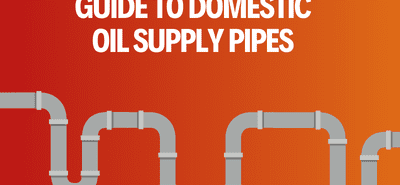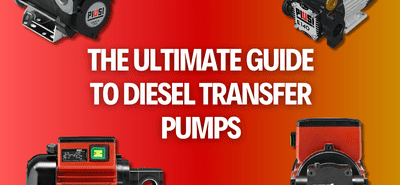What is Bio Fuel ? Part 4 Storage and Supply
What are the implications of using bio-liquids in existing oil storage and supply systems
Findings from the heating oil project have shown that, subject to the use of bio-liquid compatible filters and fire valves, no other modifications are required to the ancillary equipment to facilitate the safe storage and supply bio-liquid blends. However, it is recommended that all components in contact with oil are proven to be compatible with bio-liquids.
It should be bourne in mind that FAME is hygroscopic. Therefore, it absorbs water and can promote bacterial growth. It also acts as a cleaning agent and will pick up any debris and contaminants contained within an oil storage tank and carry it downstream causing filter blockages.
It is recommended that wherever possible and practicable, new integrally bunded oil storage tanks suitable for bio-liquids are installed as the cleaning effect of the fuel may well find weaknesses in existing tanks which could lead to leaks.
Oil Tank husbandry is essential in maintaining equipment reliability. Prior to storing FAME it is recommended that:
- Tanks should be checked for material compatibility, general condition and all water should be removed; and
- A strict maintenance schedule should be put in place to ensure that the tank remains free of water and bacterial growth does not occur.
Where bacterial growth is identified, specialist help may be required to assist in tackling the problem in emptying the tank, cleaning it and the possible use of biocide additives and filtering. To prevent long term storage stagnation it is recommended that smaller tanks are utilised to increase fuel turnover.
Despite bio-liquids being more viscous, field trials during the winter months have shown that the storage and supply of the B30K was not prone to premature waxing and is unlikely that there will be a need for supply line insulation or trace heating other than in exposed locations which are susceptible to wind chill.
Attention should be paid to suction line sizing as a correctly sized kerosene suction line may require an increase in diameter for example from 6mm to 8mm or even 10mm due to increased fuel viscosity.









